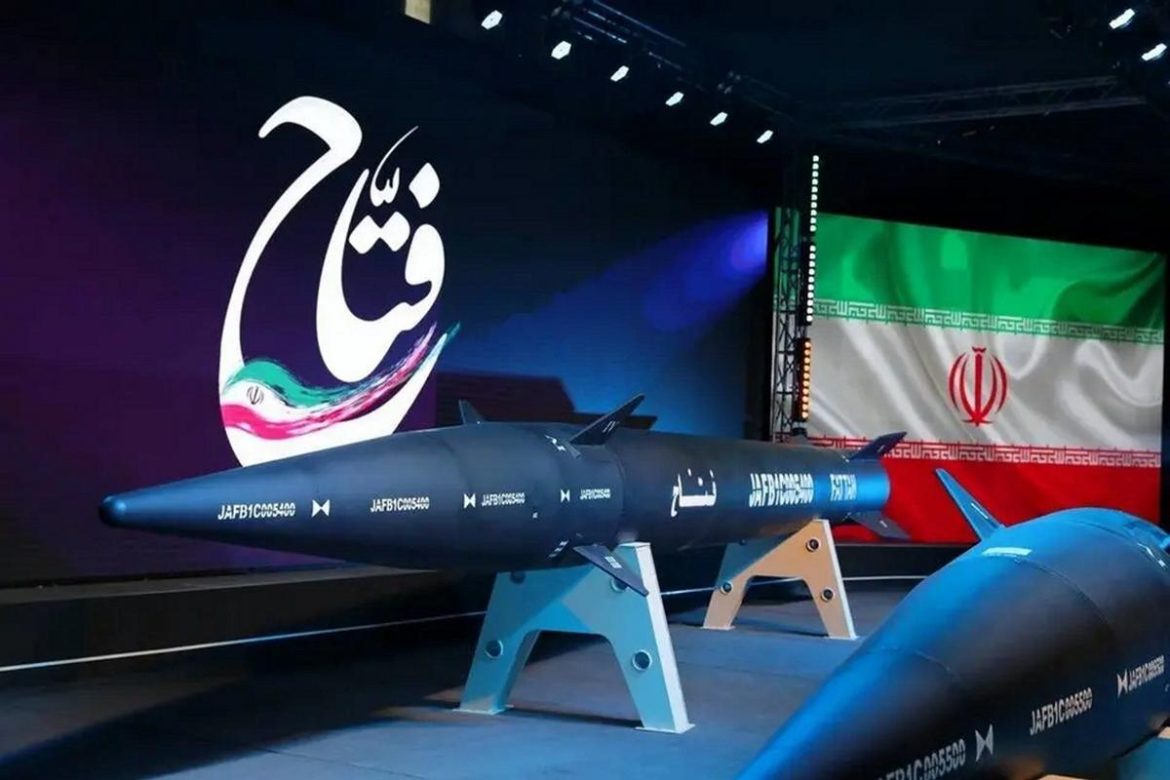Tensions Surge as Iran Launches Fattah-1 at Israel
In a dramatic escalation of hostilities in the Middle East, Iran has launched its advanced hypersonic missile, the Fattah-1, toward Israel. The missile strike marks a significant development in regional military capabilities and raises concerns about the broader geopolitical implications.
What is the Fattah-1 Hypersonic Missile?
The Iranian Fattah-1 missile is a hypersonic weapon that can travel at speeds up to Mach 15, significantly faster than conventional ballistic missiles. Developed by Iran’s Islamic Revolutionary Guard Corps (IRGC), the missile’s hypersonic speed allows it to evade most missile defense systems.
According to Iranian defense officials, the Fattah-1 can “penetrate advanced missile shields and hit target zones with high precision,” thanks in part to its maneuverability and solid-fuel propulsion technology.
Why Did Iran Fire the Missile?
The missile launch comes amid intensifying clashes between Iran and Israel. Reports indicate that Israeli airstrikes had earlier targeted Iranian missile production facilities and nuclear infrastructure. In response, Iran retaliated with what it described as a “strategic and proportional measure” — the launch of the Fattah-1 missile.
“Iran reserves the right to respond proportionally to any aggression targeting its territory or interests,” said a statement from Iran’s Foreign Ministry.
Escalations and International Reactions
The recent exchange of fire between Iran and Israel has drawn widespread international attention. The prospect of hypersonic missile deployment in active conflict has sparked anxiety among global security analysts and major governments.
Former U.S. President Donald Trump weighed in on the issue, calling for Tehran’s “unconditional surrender.” In a statement, he said, “There can be no negotiation until the Iranian regime accepts full accountability for its actions and ceases all hostilities.” The statement has drawn mixed reactions from international diplomatic circles.
Impact on Israeli Defenses
Israel’s famed Iron Dome and David’s Sling air defense systems, while effective against traditional short- and medium-range projectiles, may be less effective against hypersonic missiles due to their extraordinary speed and flight path unpredictability.
Israeli Defense Forces (IDF), while not officially confirming the extent of the damage, acknowledged the missile strike and are reportedly assessing response strategies. “We are analyzing the ballistic trajectory and impact zone. Defense readiness remains high,” said an IDF spokesperson.
Nuclear Sites and Satellite Images Reveal Damage
New satellite imagery published by independent analytics from the Hindustan Times reveals structural damage at Iranian nuclear facilities following earlier Israeli airstrikes. The visible destruction underscores the high stakes of the current standoff. Global powers fear that further escalation could result in irreversible damage to sensitive nuclear infrastructure.
Strategic Significance of Fattah-1
The Fattah-1 missile is a game-changer in regional military dynamics. It underscores Iran’s growing technological capabilities in sphere of strategic weapons. Experts suggest it is part of a broader shift, where hypersonic weapons will redefine deterrence postures in the Middle East and beyond.
According to military analyst Dr. Kamran Rezaei, “The Fattah-1 gives Iran a tactical edge in specific scenarios, especially given its speed and evasion capabilities. However, its use dramatically heightens the risk of cascading conflict.”
What Happens Next?
Analysts warn that the Iran-Israel confrontation could spiral into a wider regional conflict if de-escalation efforts fail. International actors such as the United Nations and key EU states have urged restraint from both sides.
- The UN Secretary-General Antonio Guterres expressed deep concern and called for immediate cessation of hostilities.
- Germany and France issued joint statements condemning violence and urging both countries to resume indirect diplomatic communications.
- The United States has reportedly put its regional bases on high alert in anticipation of further Iranian responses.
Conclusion
The launch of Iran’s Fattah-1 hypersonic missile into Israeli territory marks a watershed moment in Middle East tensions and military strategy. With global powers closely monitoring developments, further provocations from either side risk triggering broader conflict. Whether this event drives a turning point toward negotiations or deeper hostilities remains to be seen.

